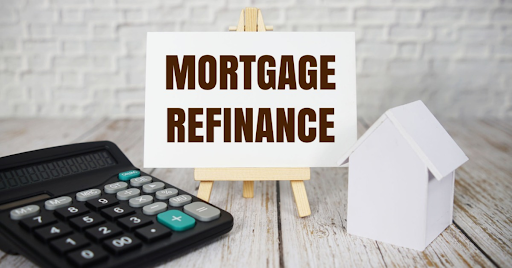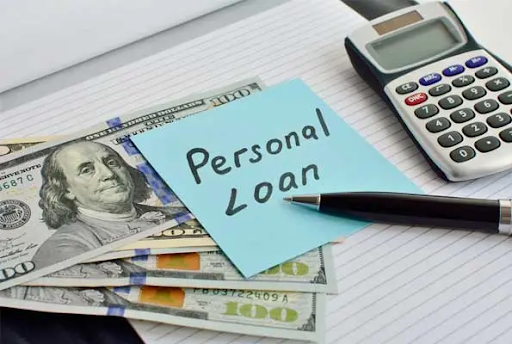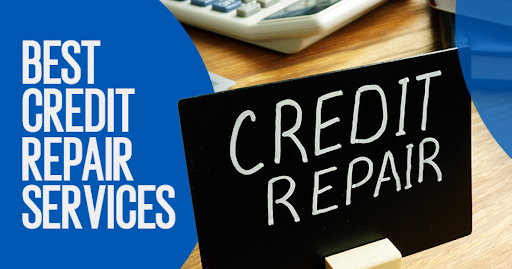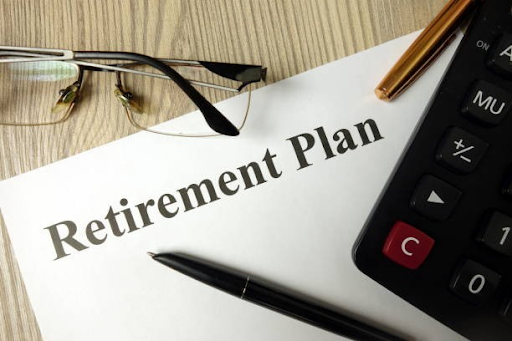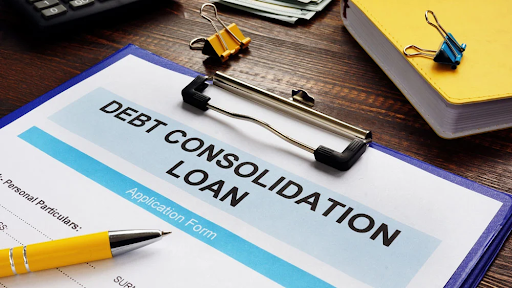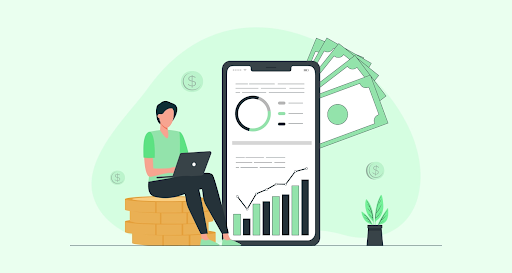For many homeowners, their mortgage is the single largest financial commitment. As interest rates, your financial situation, and market conditions evolve, the original terms of your home loan might no longer be the most advantageous. This is where a mortgage refinance comes into play, offering a powerful tool in your personal finance management arsenal to potentially reduce your monthly payments, lower your interest costs, or access home equity.
The lynchpin of any refinance decision is the mortgage refinance rate. Understanding what these rates signify, the factors that influence them, and current trends (as of mid-2025) is crucial to determining if refinancing is the right move for you.
What is a Mortgage Refinance Rate?
A mortgage refinance rate is the interest rate you secure on a new home loan that replaces your existing mortgage. Just like your original mortgage rate, it’s expressed as an Annual Percentage Rate (APR), which includes both the interest and certain fees. The goal of refinancing is often to get a lower APR than your current loan, leading to significant savings over time.
Why Consider Refinancing Your Mortgage?
People refinance for various reasons, all tied to improving their personal finance situation:

- Lower Your Interest Rate: This is the most common reason. If current rates are lower than your original mortgage rate, you can reduce your monthly payment and the total interest paid over the loan term.
- Reduce Your Monthly Payment: By extending the loan term (e.g., from a 15-year to a 30-year mortgage), even if the rate isn’t significantly lower, you can lower your monthly outlay, freeing up cash flow.
- Change Loan Term: You might want to switch from a 30-year to a 15-year term to pay off your mortgage faster, or vice versa for lower payments.
- Switch Loan Types: Convert an adjustable-rate mortgage (ARM) to a stable fixed-rate mortgage for predictability.
- Cash-Out Refinance: Access your home equity as a lump sum to fund major expenses like home improvements, college tuition, or debt consolidation. This is essentially taking out a new, larger mortgage and receiving the difference in cash.
- Remove Mortgage Insurance: If your home equity has grown sufficiently, you might be able to refinance and remove private mortgage insurance (PMI), saving you money.
Key Factors Influencing Mortgage Refinance Rates
Refinance rates are dynamic and influenced by a combination of broad economic forces and your individual financial profile.
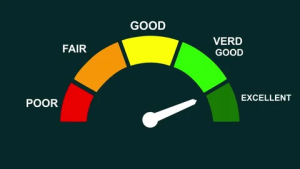
- Economic Market Conditions:
- Federal Reserve Policy: While the Fed doesn’t directly set mortgage rates, its actions (like adjusting the federal funds rate) influence the broader interest rate environment, including the rates on long-term bonds like the 10-year Treasury yield, which mortgage rates often track.
- Inflation: High inflation can push rates up as lenders seek to maintain their purchasing power. Declining inflation, as seen in early to mid-2025, can create downward pressure on rates.
- Economic Outlook: Investor confidence in the economy impacts bond yields, which in turn affect mortgage rates.
- Your Credit Score:
- The Golden Ticket: Your credit score is paramount. Lenders see a higher score (typically 740+) as a sign of a reliable borrower, leading to the lowest available rates. Lower scores indicate higher risk and will result in higher rates.
- Debt-to-Income (DTI) Ratio:
- Financial Health Indicator: This ratio compares your total monthly debt payments to your gross monthly income. Lenders prefer a lower DTI (generally below 43-50%), indicating you can comfortably handle your existing and new mortgage payments.
- Loan-to-Value (LTV) Ratio:
- Equity Matters: This ratio compares your outstanding mortgage balance to your home’s current appraised value. A lower LTV (meaning more equity in your home) translates to lower risk for the lender, potentially securing you a better rate. Lenders often look for an LTV of 80% or less for the best rates.
- Loan Type and Term:
- Fixed vs. Adjustable: Fixed-rate mortgages offer stable payments but may have higher initial rates than adjustable-rate mortgages (ARMs), which have rates that can change over time.
- Term Length: Shorter terms (e.g., 15-year fixed) typically have lower interest rates than longer terms (e.g., 30-year fixed) because the lender’s risk is spread over a shorter period.
- Origination Fees and Discount Points:
- The Cost of the Loan: Lenders charge various fees to originate a refinance loan. You can also choose to pay “discount points” (prepaid interest) at closing to lower your interest rate, but you need to calculate if the savings outweigh the upfront cost.
Mortgage Refinance Rates in Mid-2025
As of early July 2025, the U.S. mortgage market has seen some encouraging signs:
- General Trend: Mortgage rates have shown a general downward trend in 2025, with recent weeks seeing declines for 30-year fixed rates.
- Average 30-Year Fixed Refinance APR: Currently, the national average 30-year fixed refinance APR is hovering around 6.70% – 6.85%.
- Average 15-Year Fixed Refinance APR: For a 15-year fixed refinance, rates are typically lower, averaging around 5.75% – 6.10%.
- Best-Case Scenarios: For borrowers with excellent credit (740+ FICO) and strong financial profiles, competitive offers can be found in the mid-5% to low-6% range for a 30-year fixed refinance.
- Factors to Watch: While inflation has shown signs of cooling, geopolitical events and ongoing economic data can still cause volatility. Experts generally expect rates to remain in the mid-to-upper 6% range through the latter half of 2025, with potential for further dips towards late 2025 or 2026.
Is Refinancing Right for You?
Beyond just the rate, consider these questions:
- How long do you plan to stay in your home? You need to stay long enough to recoup the closing costs through your monthly savings.
- What are your financial goals? Is it purely savings, or do you need cash-out?
- How much equity do you have?
Conclusion
Understanding mortgage refinance rates is a cornerstone of strategic personal finance management for homeowners. While market conditions play a significant role, your individual creditworthiness, debt levels, and home equity are paramount in securing the most favorable terms.
By diligently monitoring current rates, optimizing your financial profile, and carefully comparing offers from multiple lenders, you can unlock substantial savings on your mortgage. Whether it’s to lower your monthly payments, reduce your total interest paid, or access valuable home equity, a well-executed refinance can significantly improve your financial stability and accelerate your journey towards long-term financial prosperity. Evaluate your options wisely, and empower yourself to make the most of your biggest asset.

